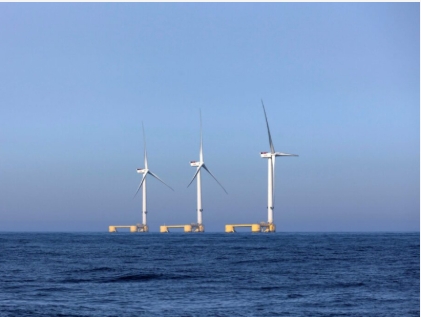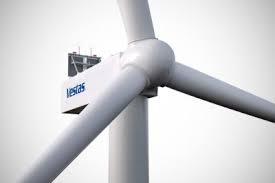On the positive side, utilization levels continued to perk up. Average plant load factor of the thermal power sector crossed 61% last month. In the six months to September, utilization levels stood at 60.7%, compared to 59.2% last year and 58.8% in 2016. Also, hydropower generation has seen a remarkable pickup last month with an increase of 23%. Generation during the September quarter is higher by 14.8%, compared to a 3.7% fall in the year-ago period.
The improving utilization levels should please industry participants. Huge capacity additions in earlier years sent thermal power plant utilization levels to sub-optimal levels, clouding the earnings outlook.
Even so, the recovery is going to be a long-drawn process. Fuel availability remains a challenge. Production at Coal India Ltd is lagging demand expansion. “Lower production seems to have constrained off-take growth, which grew by a mere 0.8% yoy during the (September) month. However, end-use demand is stable, as reflected in a further decline in Coal India’s inventory to a 5-year low, coupled with a plunge in power plant inventories to 7 days," SBICAP Securities Ltd said in a note.
The fuel constraints have driven up prices in both e-auctions and international markets. The rise in prices is expected to weigh on the earnings of companies that have imported coal-based plants including Adani Power Ltd and JSW Energy Ltd, besides Tata Power Co. Ltd to some extent due to its stake in an overseas coal unit.
JSW Energy can benefit from the rise in hydropower generation. However, benefits from high spot electricity prices will be limited due to high imported coal rates. Given the subdued thermal power generation growth at the stand-alone level (up 1.3% in the second quarter), NTPC Ltd’s earnings expectations remain subdued as well.
That said, if demand and utilization levels continued to improve, NTPC should do well, given its large asset base under the regulated business model, which allow it to recover fixed return on equity.
However, the continuous rise in coal prices remains a challenge. Companies, such as NTPC, which have a fuel price pass-through clause in their contracts, can pass on the price increase. But given the weak financial position of power distribution companies, their ability to absorb the price hikes is limited.
So even as the improving utilization levels provide a ray of hope, unless domestic fuel supplies improve, or coal prices ease, the situation can remain challenging for electricity generation firms.







